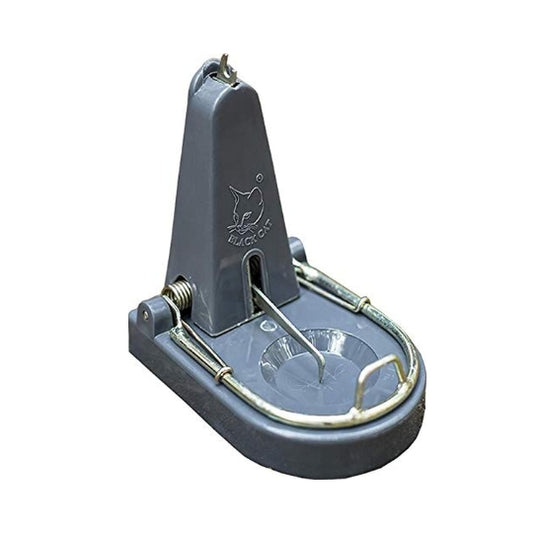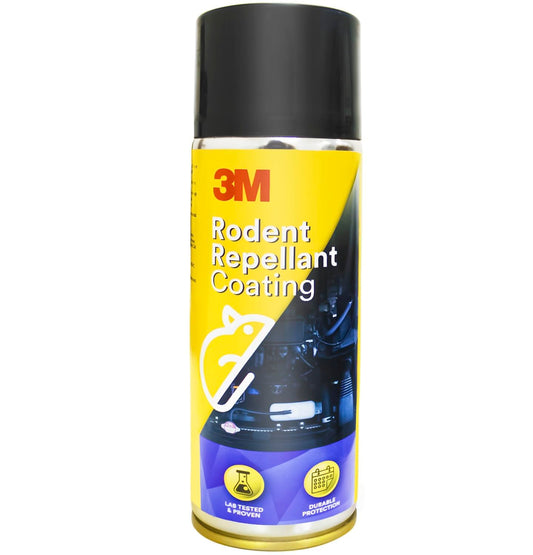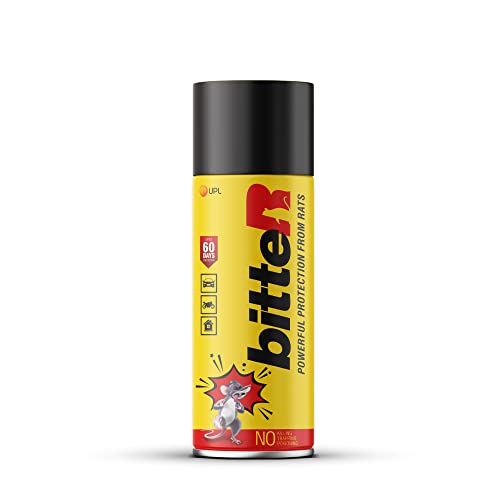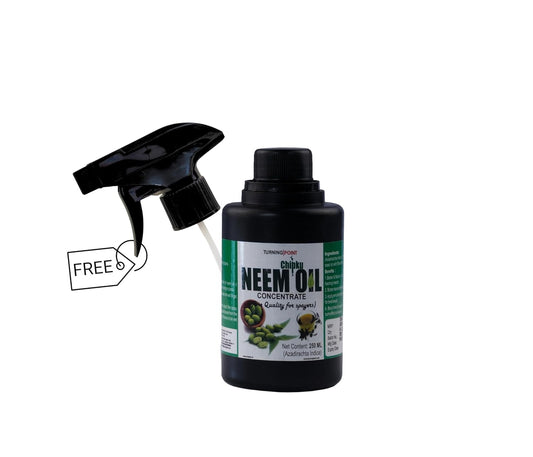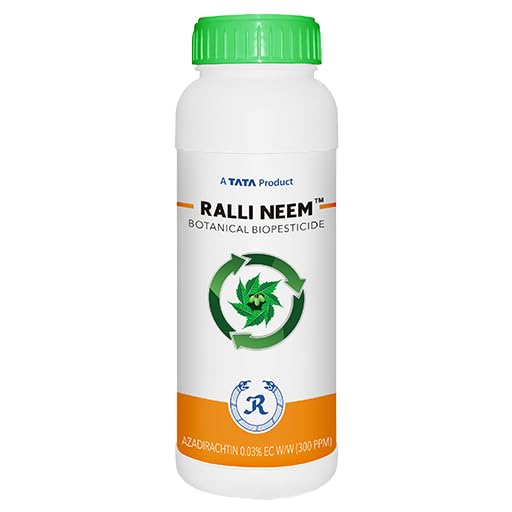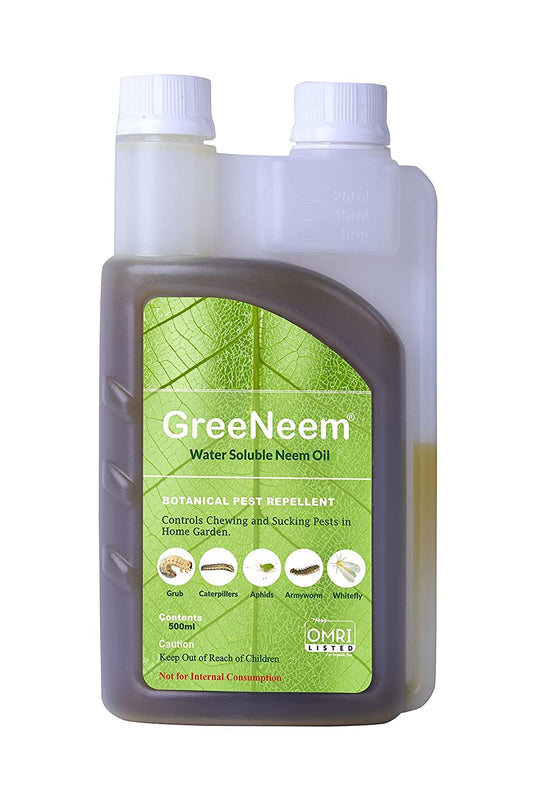Effective Weed Management Strategies for High-Yielding Paddy Crop Cultivation
Share
The Importance of Weed Management in Paddy Crop Cultivation: Weeds pose significant threats to paddy crops, as they compete for water, nutrients, and sunlight, hampering rice plant growth and development. If left uncontrolled, weeds can cause substantial yield reductions, affecting farmer incomes and food security.
Methods for Effective Weed Management in Paddy:
- Pre-emergence herbicides: These herbicides are applied to the soil before weed germination, preventing their emergence and establishment.
- Post-emergence herbicides: These herbicides are applied to emerged weeds, effectively eliminating them from the field.
- Hand weeding: This traditional method involves manually removing weeds from the paddy fields. Though labor-intensive, it can be employed as a complementary approach or in areas where herbicides are not accessible.
- Mechanical weeding: The use of machines and equipment to physically remove weeds from the field, reducing the reliance on manual labor.
The Role of Anilofos in Weed Control: Anilofos, a pre-emergence herbicide, offers effective weed control in paddy fields. As a contact herbicide, it eliminates weeds upon contact with their leaves. Anilofos demonstrates efficacy against a wide range of weed species, including barnyardgrass, broadleaf weeds, and sedges. Notably, it poses minimal risk to rice crops and leaves no residues in the grain, ensuring the safety and quality of the harvest.
Get online offeres, discounts and homedelivry on herbicides for rice crop, here.
Optimizing Weed Management in Paddy Fields:
- Select appropriate herbicides: Choose herbicides that specifically target the weed species prevalent in your field, considering factors such as weed growth stage and resistance patterns.
- Proper herbicide application: Follow herbicide labels diligently, ensuring correct dosage, timing, and application techniques to maximize effectiveness and minimize potential risks.
- Herbicide rotation: Rotate herbicides with different modes of action to mitigate the development of weed resistance and enhance long-term weed control.
- Regular field monitoring: Continuously monitor paddy fields for weed presence and assess the need for herbicide applications. Early intervention helps prevent weed competition and potential yield losses.
According to an internet survey conducted on paddy farmers, a majority (85%) believed that a combination of weed control methods yields the best results. Pre-emergence herbicides were most commonly used (68%), followed by mechanical weeding (52%). Interestingly, 43% of respondents still practiced hand weeding, highlighting its importance in certain regions. Anilofos was recognized as an effective herbicide by 77% of the participants, citing its versatility in targeting various weed species.
Conclusion: Weed management is a critical aspect of successful paddy crop cultivation, ensuring optimal yield and farmer profitability. Employing a combination of weed control methods, including appropriate herbicide use, hand weeding, and mechanical weeding, enables comprehensive weed suppression. Anilofos, as a pre-emergence herbicide, offers a reliable solution for controlling a wide range of weeds while safeguarding the rice crop. By implementing effective weed management practices and considering survey insights, farmers can protect their paddy crops and maximize their productivity.




